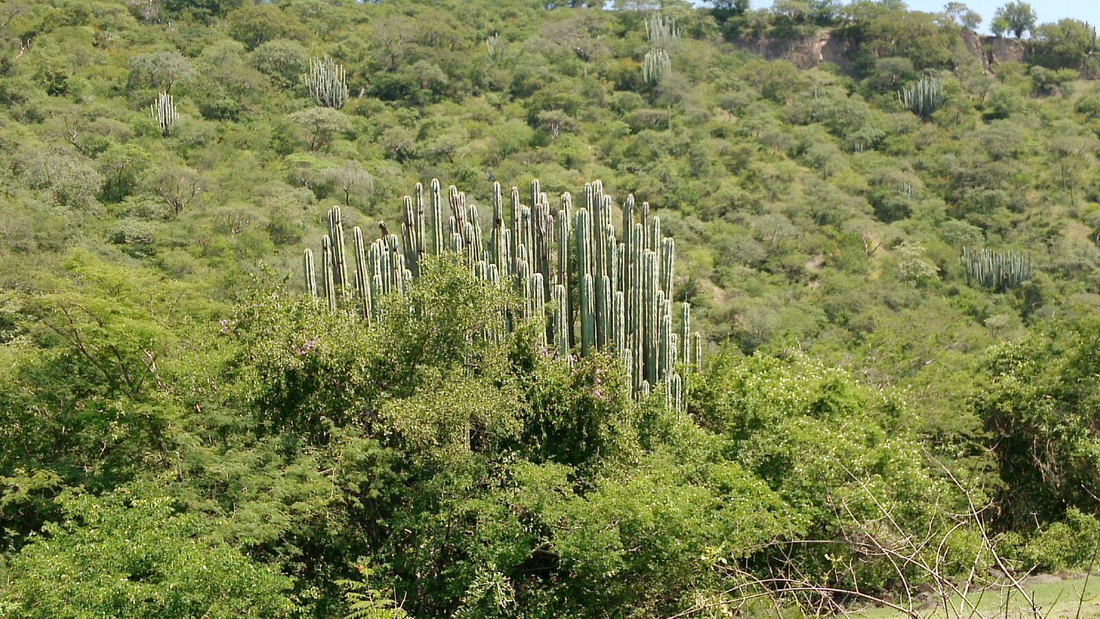
Low deciduous forest
*
Español
November 3, 2024
by Diana López
From the first day I arrived, San Miguel impressed me deeply with its strong identity. I was delighted with the architecture. I was surprised by the festivity and the warmth of its people, the strength of the traditions, the non-existent fear of color. And I met for the first time the semi-desert landscape of the Mexican Bajío; a lot of semi-desert; too much desert for my taste.
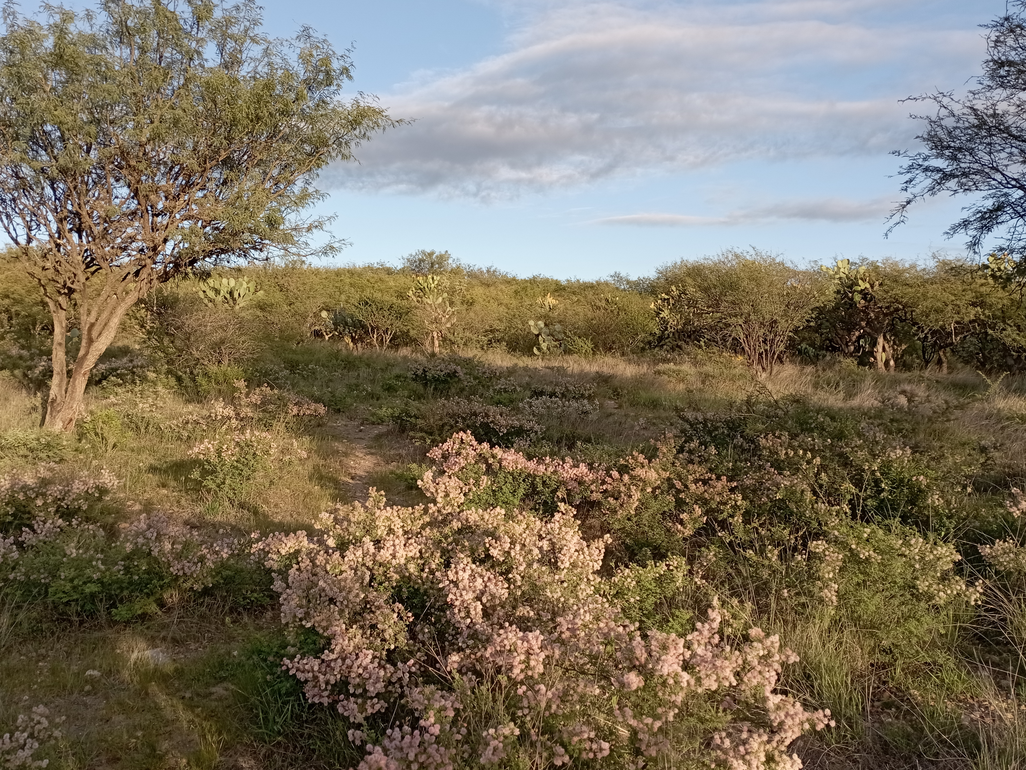
Xerophilous scrubland
*
The first time I travelled to San Miguel from Guanajuato I looked at the landscape on the road and all I saw was expanses of dry grass, nopales and huizaches. I must confess that I lamented: ‘how ugly, everything is dead here’, I thought.

Cactus cactus
*
I grew up in a very different place, in northwestern Mexico, in a city with tropical storms in the summer, and winters that felt like spring. My childhood home was near a river. My mother's garden grew mushrooms that I watched curiously with my hair sticking to my face from sweating. Humidity is a feeling I know well.
Here I experienced the feeling of drought for the first time. I understood that here I couldn't leave my skin uncovered in the sun for too long because it hurt, that walks don't take place in the middle of the day because I get tired more quickly, and to celebrate the freshness of rainy days with joy. For a while I longed for the landscapes of my childhood, all that abundance and greenery.
As the years went by I began to look around me in more detail, I walked the countryside and the hills and began to notice the diversity in what I mistakenly called the desert.
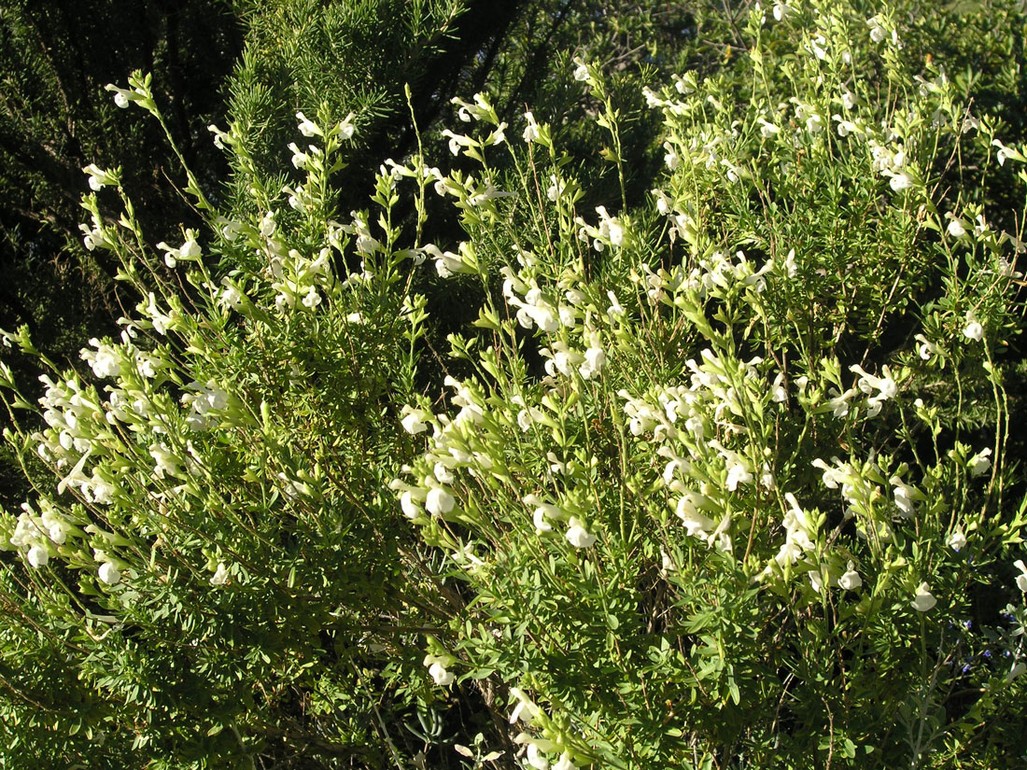
Salvia
*
What I saw was the xerophytic scrub, the most abundant and emblematic ecosystem of the region. This ecosystem occurs in ecologically degraded areas and is adapted to arid or semi-arid conditions. The plants that make up this ecosystem are hardy and austere, with defined structures, of medium to low height and with thorns. Nopales, garambullos, huizaches and ocotillos, to name a few, are integrated into grassland areas that in the rainy season are ablaze with vibrant green and adorned with thousands of flowers. Ours is an ecosystem that celebrates abundance and withstands long periods of drought, with plants that evolved to survive in adversity.
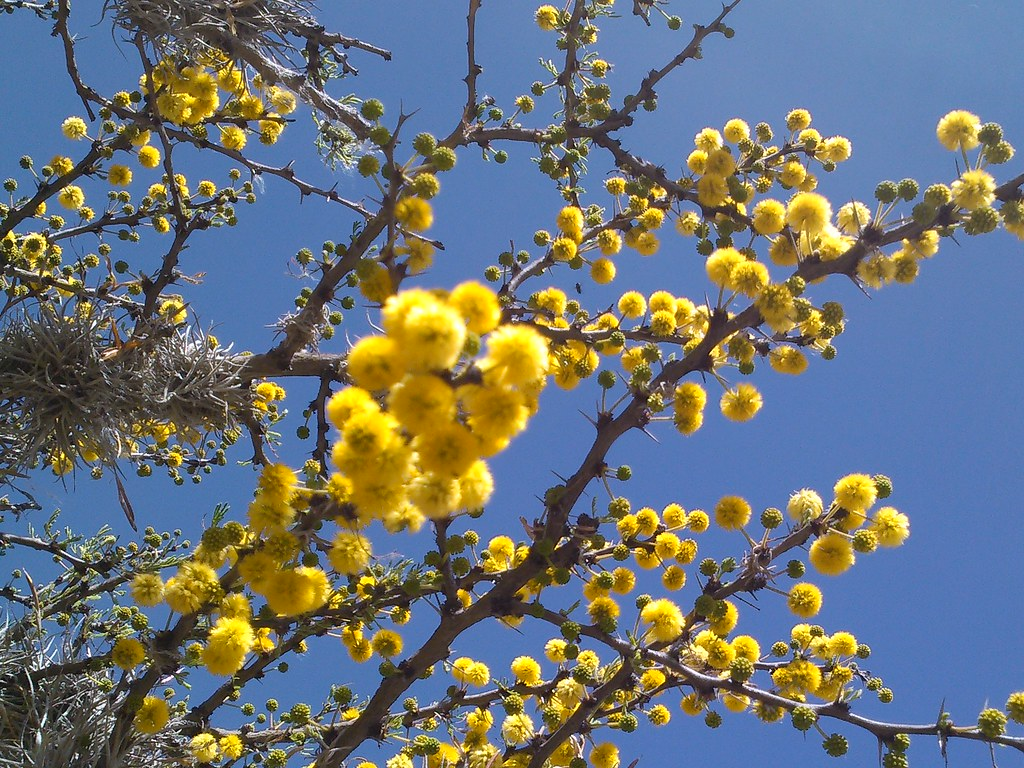
Huizache
*
But San Miguel does not only have this ecosystem. If we walk a couple of hours in the Picacho Mountains we will eventually come across a beautiful and long-lived oak forest. This ecosystem is highly diverse and complex, supporting a wide variety of species. Originally we could find it in the higher parts of the city (La Luciérnaga, Querétaro highway, industrial zone, etc.), but now due to climate change and ecological degradation its extension is getting smaller and smaller. Reaching this place after a walk in the sun is a blessing. The shade of its tall oaks, the freshness of its black soil and the sage aroma in the air make it one of my favourite places.
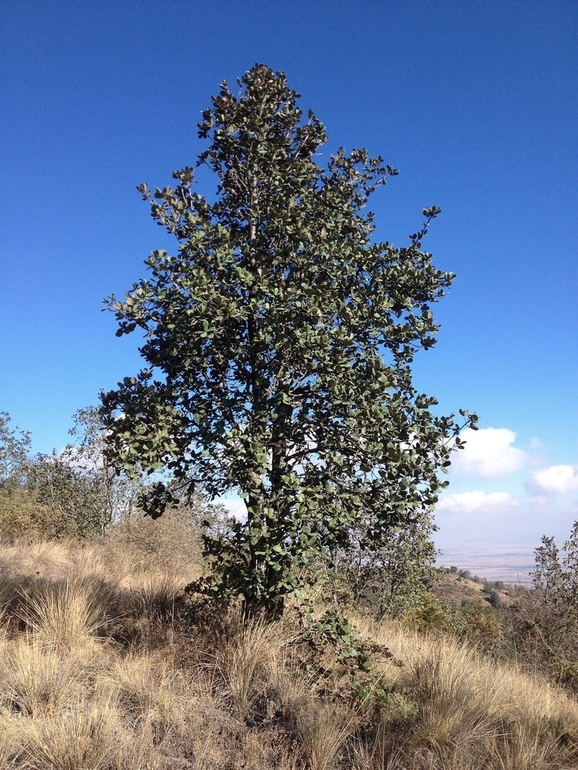
Holm oak
*
And finally we have the low deciduous forest, which has become an increasingly difficult ecosystem to find. This ecosystem is characterised by a great diversity of trees that shed their foliage during drought. This type of vegetation changes its appearance throughout the year. During the wet season, from June to November, the trees are lush green with dense foliage. As the dry season progresses, from November to May, they transform into shades of gold and brown. When the leaves finally fall they reveal the intricate and resilient structure of these forests. This is the most threatened ecosystem in the region due to desertification. It can still be found in microclimates near the Rio Laja, in the Sabino de La Huerta or around the Presa Allende.
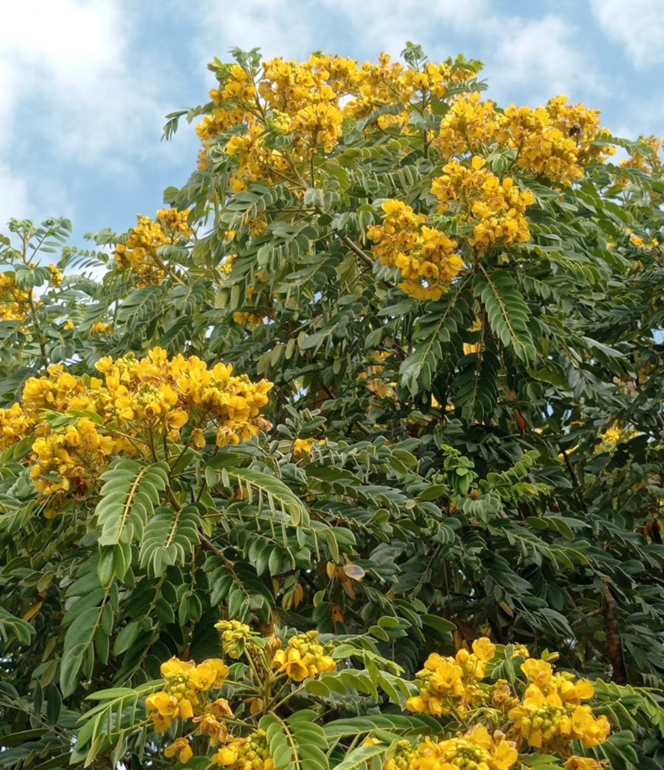
Bricho
*
Now that I understand the particularities of the ecosystems around me I feel a deep respect for this place. I can imagine how many years passed for these systems and their sophisticated processes to adapt to increasingly difficult conditions. I also understood the importance of using native vegetation, local plants that participate in the ecological processes that keep life going and that now, unfortunately, are being displaced by concrete slabs or lawns, replaced by vineyards, olive trees and cypresses to simulate being in another part of the world.
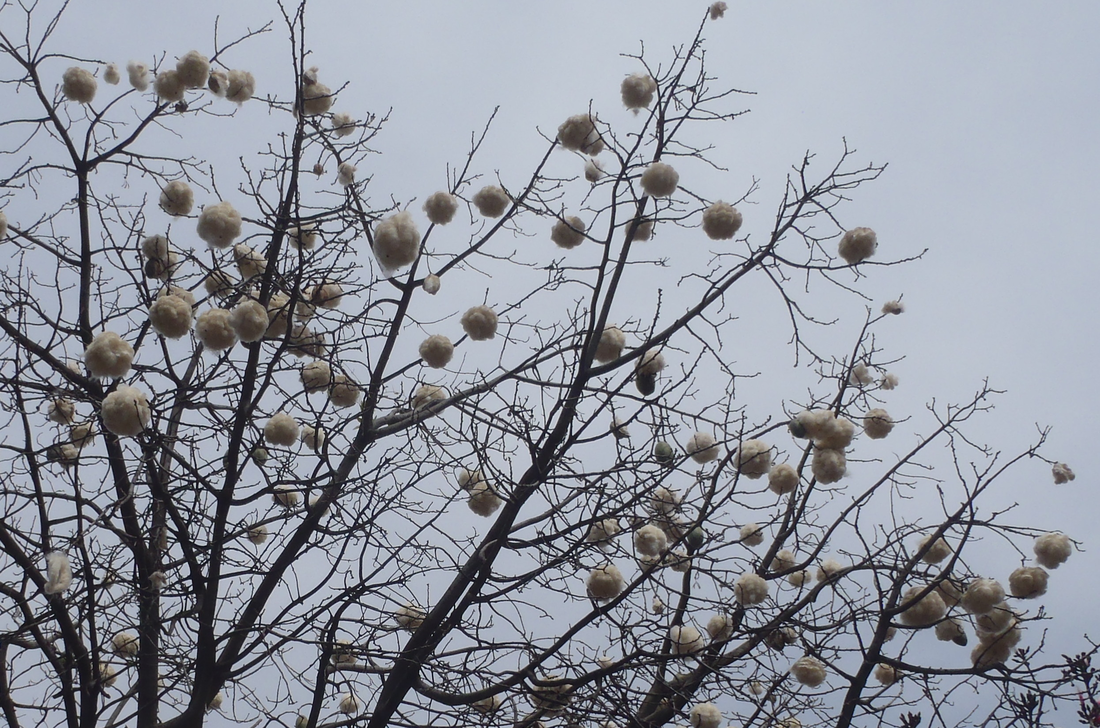
Ceiba
*
We are in the Mexican Bajío and here there are scrublands, forests and jungles. Here there are nopales and garambullos; there is mesquite, palo dulce and huizache. These plants have taught me about strength and inspired me to accept adversity as part of life, a natural period for which we must be prepared. I now understand the beauty of this ecosystem that tries to sustain life above all else.
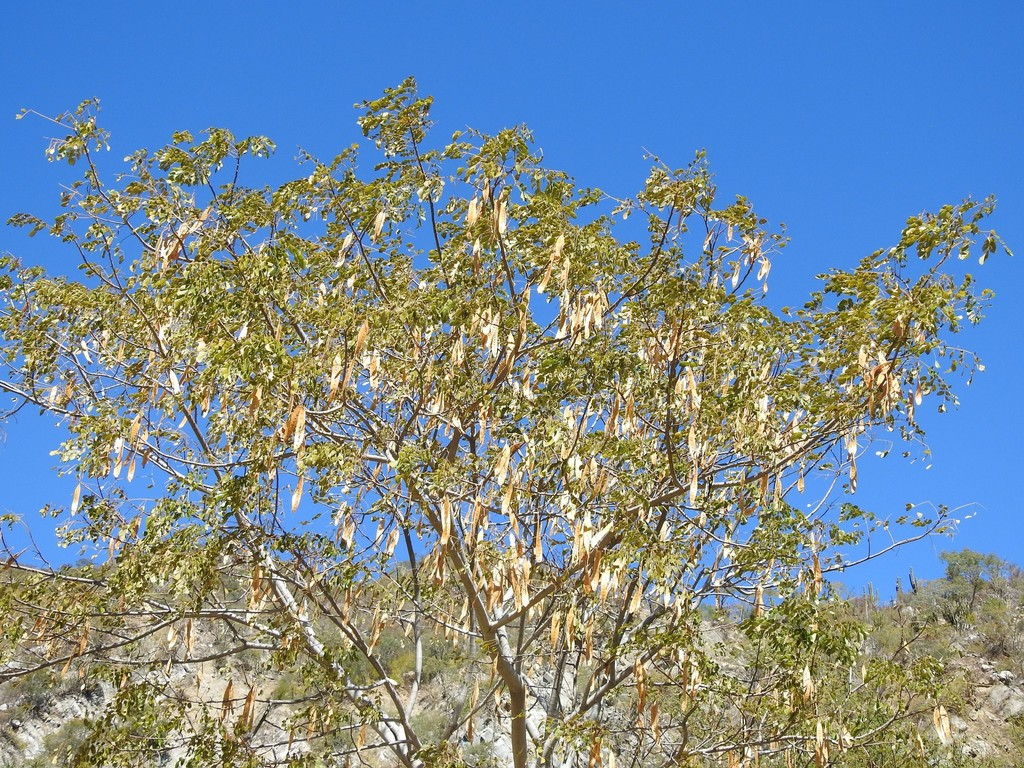
Palo blanco
*
I think people who come here should strive to observe our surroundings and understand the place where we are, to appreciate those things that make it unique whether we like it or not. If we come to experience the beauty of this place it is important to preserve it and reproduce it, to contribute to San Miguel continuing to have the character that has captivated us, and that can only be achieved by valuing and respecting what was here before we arrived.
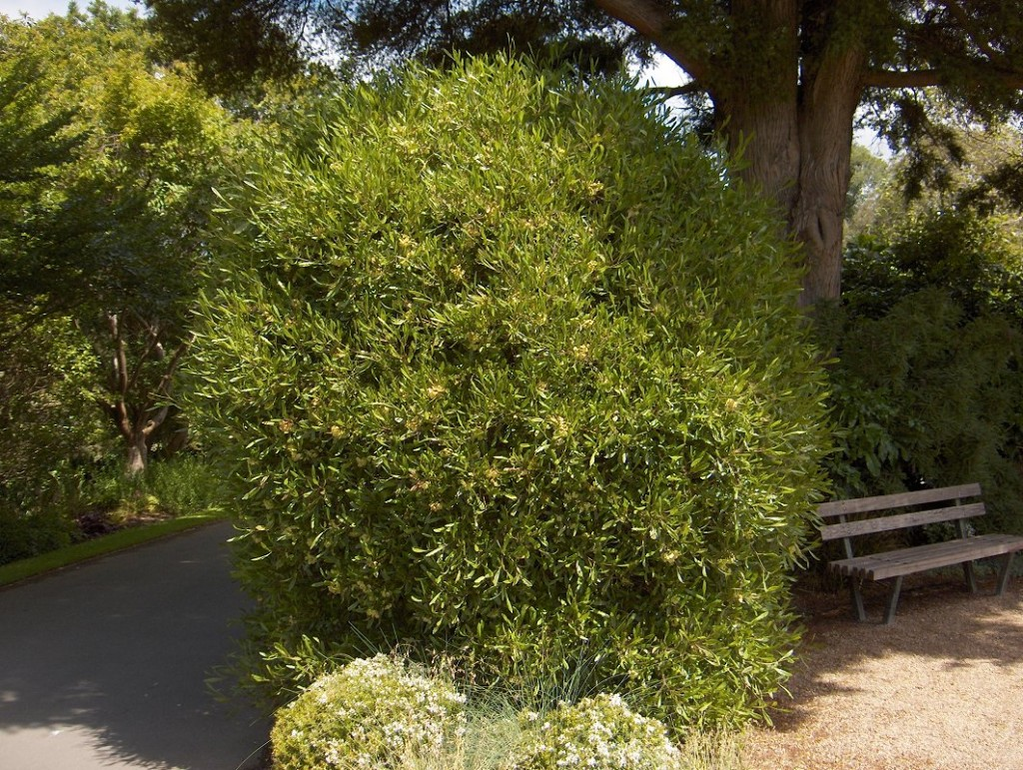
Ocotillo
*
***

Floresta - Regenerative Landscaping
We are Diana López and María Miranda, founders of Floresta Studio. For four years we have been dedicated to the design and construction of gardens and outdoor spaces in San Miguel de Allende, we have experience in projects of different scales.
Our specialty is the creation of naturalistic style gardens with native plants, reforestation and water harvesting. We are passionate about creating harmonious spaces that connect people with nature and promote a sustainable environment.
473-756-0960
florestalandscaping@gmail.com
**************
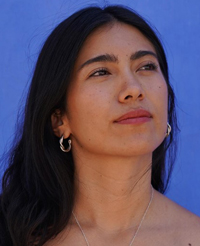
Diana López: I grew up near the Pacific Ocean and later decided to study architecture in Guanajuato city. I am passionate about topics related to design, the city, culture and nature. I moved to San Miguel de Allende in 2019, I consider it a home that has allowed me to explore my interests and share them with others. Since 2020 I have dedicated myself to the observation of nature and the design of spaces that have the ability to move us and make us feel good.
**************
*****
Please contribute to Lokkal,
SMA's online collective:
 ***
***
Discover Lokkal:
Watch the two-minute video below.
Then, just below that, scroll down SMA's Community Wall.
Mission

Visit SMA's Social Network
Contact / Contactar

